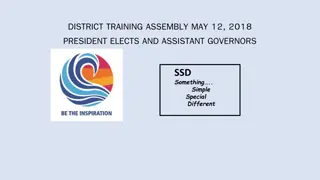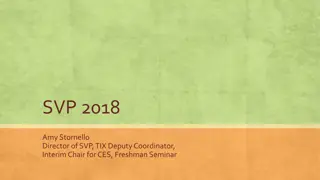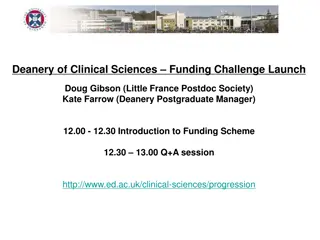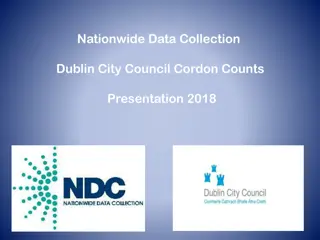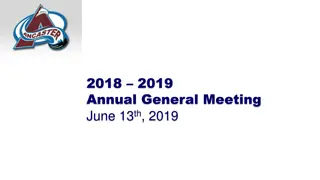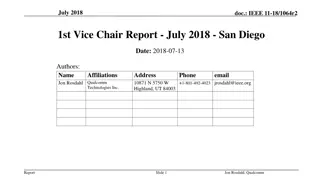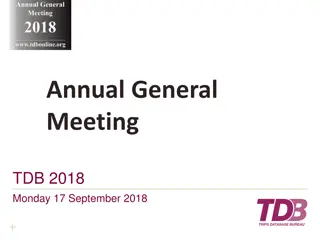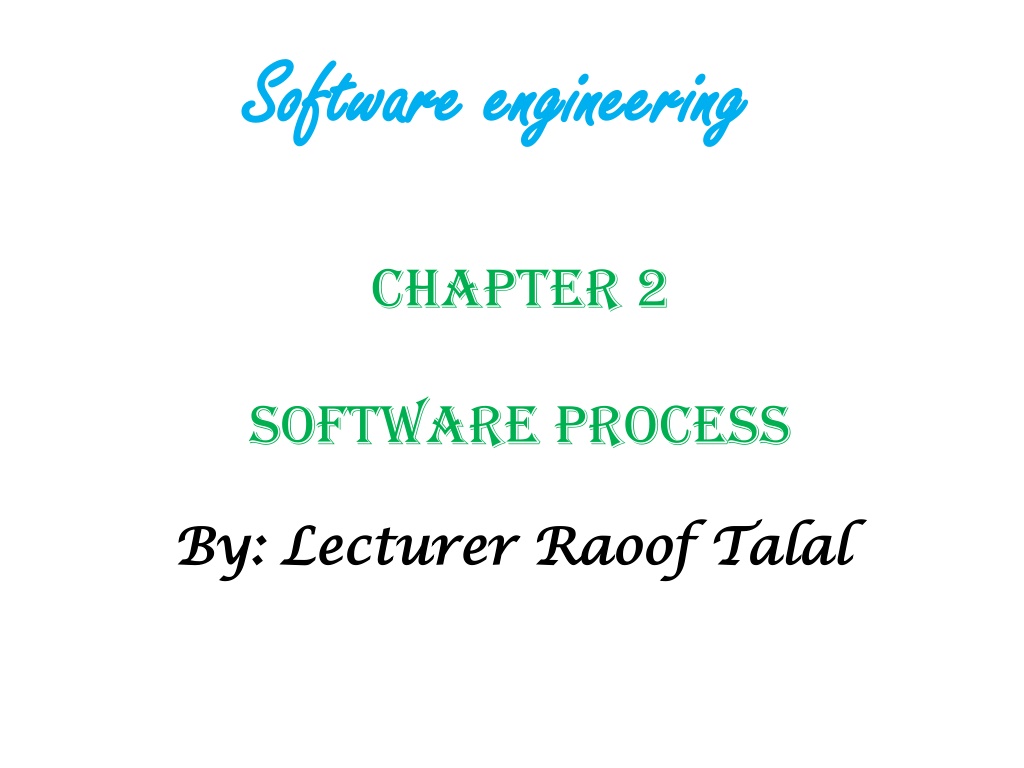
Understanding Software Engineering Processes
Software engineering is a layered technology that relies on a structured process to ensure quality and timely development. The process layer serves as the foundation, with methods guiding technical tasks like requirements analysis and testing. Tools provide automated support, and a framework of activities helps adapt processes to different software projects. Umbrella activities encompass quality assurance, configuration management, and measurement within the software development process.
Download Presentation

Please find below an Image/Link to download the presentation.
The content on the website is provided AS IS for your information and personal use only. It may not be sold, licensed, or shared on other websites without obtaining consent from the author. If you encounter any issues during the download, it is possible that the publisher has removed the file from their server.
You are allowed to download the files provided on this website for personal or commercial use, subject to the condition that they are used lawfully. All files are the property of their respective owners.
The content on the website is provided AS IS for your information and personal use only. It may not be sold, licensed, or shared on other websites without obtaining consent from the author.
E N D
Presentation Transcript
Software engineering Software engineering Chapter 2 Software Process By: Lecturer By: Lecturer Raoof Raoof Talal Talal
2-1 Software Engineering: A Layered Technology Software engineering is a layered technology. Referring to Figure 2.1, any engineering approach (including software engineering) must rest on an organizational commitment to quality.
The foundation for software engineering is the process layer. Software engineering process is the glue that holds the technology layers together and enables rational and timely development of computer software. The process areas form the basis for management control of software projects and establish the context in which technical methods are applied, work products (models, documents, data, reports, forms, etc.) are produced, quality is ensured, and change is properly managed.
Software engineering methods provide the technical how-to's for building software. Methods encompass a broad array of tasks that include requirements analysis, design, program construction, testing, and support.
Software engineering tools provide automated or semi- automated support for the process and the methods. When tools are integrated so that information created by one tool can be used by another, a system for the support of software development, called computer-aided software engineering, is established. CASE combines software, hardware, and a software engineering database.
2-2 the Software Process A software process can be characterized as shown in Figure 2.2. A common process framework is established by defining a small number of framework activities that are applicable to all software projects. A number of task sets enable the framework activities to be adapted to the characteristics of the software project and the requirements of the project team.
Finally, umbrella activitiessuch as software quality assurance, software configuration management, and measurement overlay the process model. Software process model is a simplified representation of a software process. Each process model represents a process from a particular perspective, and thus provides only partial information about that process.
2-3 the Linear Sequential Model The linear sequential model suggests a systematic, sequential approach to software development that begins at the system level and progresses through analysis, design, coding, testing, and support. Figure 2.3 illustrates the linear sequential model for software engineering.
The linear sequential model encompasses the following activities: System/information engineering Because software is always part of a larger system, work begins by establishing requirements for all system elements and then allocating some subset of these requirements to software. This system view is essential when software must interact with other elements such as hardware, people, and databases.
Software Requirements Analysis To understand the nature of the program(s) to be built, the software engineer must understand the information domain for the software, as well as required function, performance, and interface. Requirements for both the system and the software are documented and reviewed with the customer.
Design Software design is actually a multistep process that focuses on four distinct attributes of a program: data structure, software architecture, interface representations, and procedural (algorithmic) detail. The design process translates requirements into a representation of the software that can be assessed for quality before coding begins. Like requirements, the design is documented and becomes part of the software configuration.
Code generation The design must be translated into a machine-readable form. The code generation step performs this task. Testing Once code has been generated, program testing begins. The testing process focuses on the logical internals of the software, ensuring that all statements have been tested, and on the functional externals; that is, conducting tests to uncover errors and ensure that defined input will produce actual results that agree with required results.
Support Software will undergo change after it is delivered to the customer (a possible exception is embedded software). Change will occur because errors have been encountered, because the software must be adapted to changes in its external environment (e.g., a change required because of a new operating system or peripheral device), or because the customer requires functional or performance enhancements. Software support/maintenance reapplies each of the preceding phases to an existing program rather than a new one.
2-4 the Prototyping Model Often, a customer defines a set of general objectives for software but does not identify detailed input, or output requirements. In other cases, the developer may be unsure of the efficiency of an algorithm, the adaptability of an operating system, or the form that human/machine interaction should take. In these, and many other situations, a prototyping paradigm may offer the best approach.
The prototyping paradigm (Figure 2.4) begins with requirements gathering. Developer and customer meet and define the overall objectives for the software, and identify whatever requirements are known. A "quick design" then occurs. The quick design leads to the construction of a prototype.
The prototype is evaluated by the customer/user and used to refine requirements for the software to be developed. Iteration occurs as the prototype is tuned to satisfy the needs of the customer, while at the same time enabling the developer to better understand what needs to be done. It is true that both customers and developers like the prototyping paradigm. Users get a feel for the actual system and developers get to build something immediately.




